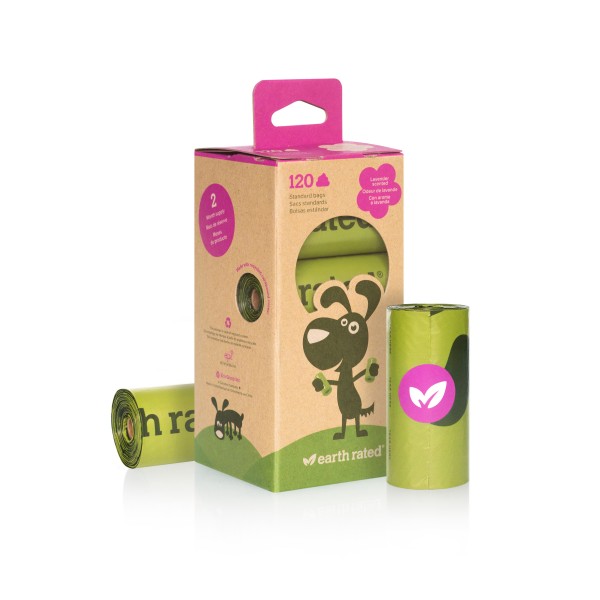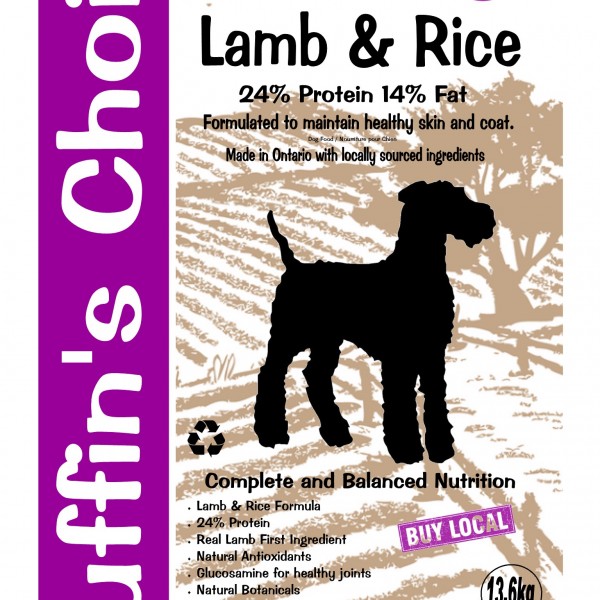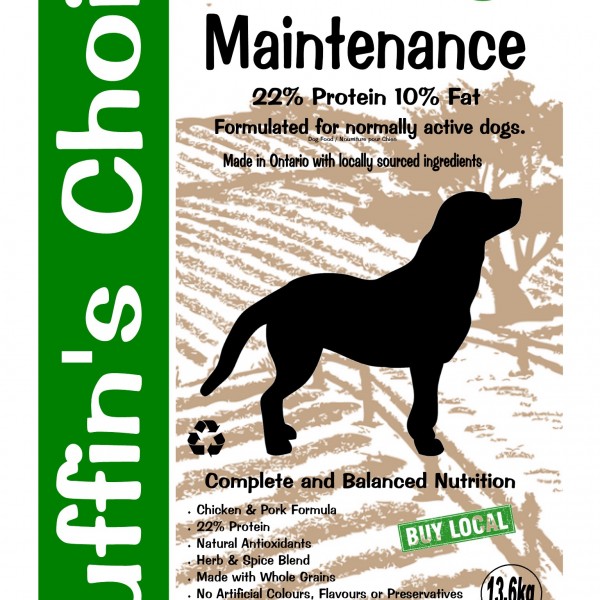
Finches are members of the scientific family Fringillidae. This pertains to all members of the wild finches found throughout the world and those finches that are commonly kept as caged birds. The American goldfinch is a member of this group, as well as the canary. These small birds are generally seed eaters but will occasionally eat insects, green foods and some types of fruit. In most cases, the male is the more colourful of the two sexes. As visitors to the garden, their delicate songs and chirping become a pleasing addition. Those finches kept as pets also brighten the household with their activity and pleasant sounds.
These pleasant little birds are an ideal pet for the home. They require very little intensive care, many are inexpensive, they come in a rainbow of colours and are compatible with all other finches of the same size. Finches thrive better when kept in groups, so it is better to have more than one finch.
Finches range from three to six inches in size. They will live in captivity from five to fifteen years.
Finches are active, bright, contented birds and they can live in a small space. A larger cage, however, will accommodate their active lifestyle, and since they coexist well with other finches, the increased number of birds dictates a larger area. The bars of a finch cage can be either horizontal or vertical but the spacing should be narrow enough for the bird to keep his head inside (this is sometimes known as “finch spacing”). Plenty of perches should be available, located so no portion of the bird’s head, tail, or open wings will touch the perches above or below. Perches should not be located directly above food or water dishes. The perches should allow the feet to encircle them completely. Use sanded perch covers, if you wish, to keep the nails trimmed. Different sized perches can be used to provide your pet with a more natural environment.
Food and water can be provided in dishes that come with the cage or in tube- type feeders and waterers. Treats can be fed in smaller treat cups to provide a more varied and balanced diet. All birds require grit in order to properly digest their food. This can be placed on the cage floor or in a treat cup.

Locate the cage in a site that will furnish your finches with some indirect sunlight. Keeping finches in direct sunlight, even for short periods, can cause dehydration or even heat stroke. The cage should be kept off the floor; this prevents drafts and provides the finches with an added sense of security. Cover the cage in the evening because birds roost at dusk.
The cage and bars should be cleaned thoroughly once a week using soap and warm water. In addition, the bottom of the cage should be cleaned daily if possible, replacing the gravel or gravel paper. The seed cup must be checked daily to ensure the availability of fresh seed at all times. The empty hulls should be removed (you can hold the seed in your hand and gently blow the empty hulls away) and the seed replaced. The water container should be washed and rinsed carefully then refilled with clean water. Do not wash the perches, but clean them using a special perch cleaning brush.
Clean, fresh water should always be available.
Birds have a very high metabolism, which means that their bodies use and need tremendous amounts of food in comparison to their body weight. Finches have a metabolic rate that is higher than many other birds. It has been noted that finches will eat about one-third of their body weight each day. It is essential that your finches are always well supplied with food. A basic, high quality finch seed should be available at all times. You should also sprinkle some gravel on the bottom of the cage. Variety in the diet is also very helpful. Finches in captivity cannot forage for food as they would do in nature, so it is up to you to add variety to their diet. This can include green vegetable tops (avoid lettuce), small slices of fruits, or hard-boiled egg yolks. Remember to feed these treats in small quantities and remove any uneaten portions promptly to avoid spoilage.
Cuttlebones will provide a source of calcium and minerals that are important components in bone and feather development. Food supplements and vitamins can be added to the water or food.
Finches are extremely delicate birds. They should not be handled unless absolutely necessary. One such occasion is when the nails may need trimming. Gently hold your finch in your hand with the feet exposed. Carefully extend the foot and trim the nails using a sharp pair of scissors or a nail trimmer made especially for birds. If you hold the foot up to the light you will see the “quick”, which will cause bleeding if cut.
Do not allow your finches to fly around the home. Open doors, windows or uncovered water sources could be hazardous to your pet.
Many types of finches are easy to breed. Make sure that you own a pair who are actively courting each other (usually remaining together in one section of the cage). Purchase a nest for finches and attach it to the cage. Provide the pair with nesting material, or nesting hair. The female will do most of the nest building and pay the most attention to the eggs. There will be between three and seven eggs in the nest. The young will hatch in about twelve to fourteen days. In about two to three weeks the young will leave the nest.
If you are attentive to the normal activity and the amount of food consumed, you can easily determine if your finch is feeling well. The most dangerous problem finches, and most caged birds, face is drafts. Inactivity, diarrhea or shallow breathing are all signs of potential problems. Many products are available for combating bacterial or intestinal problems.
Prevent mites and lice from attacking your finches by using a bird cage guard. Washes and powders are also available to keep these problems minimized.
The best prevention when dealing with caged birds is careful, attentive care. A proper diet and cages located in suitable locations will help you keep a healthy, active pet for many years.
CANARIES BUDGIES FINCHES COCKATIELS














